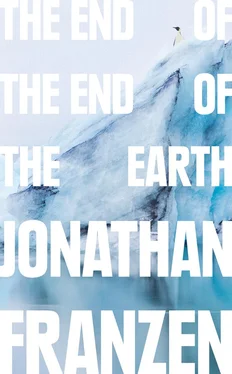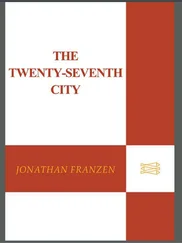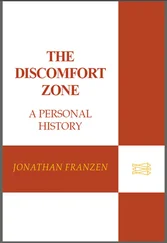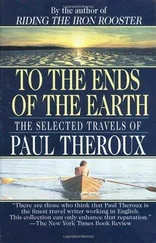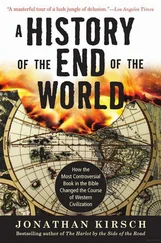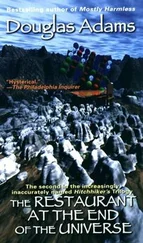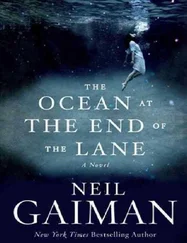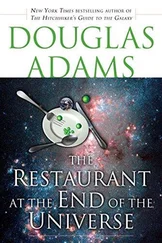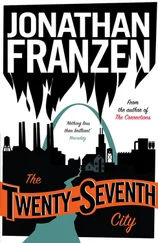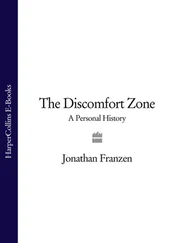If I were writing the essay today, I might say all this. The mirror of the essay, as it was published, reflected an angry bird-loving misfit who thinks he’s smarter than the crowd. That character may be me, but it’s not the whole me, and a better essay would have reflected that. In a better essay, I might still have given Audubon the rebuke it deserved, but I would have found my way to more sympathy for the other people I was angry at: for the climate activists, who for twenty years had watched their path to victory narrow sickeningly, as carbon emissions mounted and the necessary emissions-reduction targets grew ever more unrealistic, and for the alternative-energy workers who had families to feed and were trying to see beyond petroleum, and for the environmental NGOs that thought they’d finally found an issue that could wake the world up, and for the leftists who, as neoliberalism and its technologies reduced the electorate to individual consumers, saw climate change as the last strong argument for collectivism. I would especially have tried to remember all the people who need more hope in their lives than a depressive pessimist does, the people for whom the prospect of a hot, calamity-filled future is unbearably sad and frightening, and who can be forgiven for not wanting to think about it. I would have kept revising.
My girlfriend, V, and I were finishing college, with a summer to burn before the next thing, and New York beckoned. V went up to the city and signed a three-month lease on the apartment of a Columbia student, Bobby Atkins, who may have been the son of the creator of the Atkins Diet, or maybe we just enjoyed imagining that he was. His place, on the southwest corner of 110th Street and Amsterdam, had two small bedrooms and was irremediably filthy. We arrived in June with a fifth of Tanqueray, a carton of Marlboro Lights, and Marcella Hazan’s Italian cookbook. Someone had left behind a spineless black plush-toy panther, manufactured in Korea, which we liberated and made ours.
We were living on a margin. Before full-scale gentrification, before mass incarceration, the city seemed starkly drawn in black and white. When a young Harlem humorist on the uptown 3 train performed the “magic” act of making every white passenger disappear at Ninety-sixth Street, I felt tried and found guilty of whiteness. Our friend Jon Justice, who that summer had Thomas Pynchon’s V stuffed into the back pocket of his corduroys, was mugged at Grant’s Tomb, where he shouldn’t have been. I was aesthetically attracted to cities but morbidly afraid of being shot. In New York, Amsterdam Avenue was a sharp dividing line, and I stood on the east side of it only once, when I made the mistake of riding a C train to 110th and walking home from there. It was late afternoon and nobody paid attention to me, but I was light-headed with fear. Deepening my impression of menace were the heavy, light-blocking security gates on our windows and the police lock in our entry hall, its steel rod anchored to the floor and angling up to a slot on the front door. I associated it with our next-door neighbor, an elderly white man with raging senile dementia. He would pound on our door or stand on the landing, wearing only pajama bottoms, and asseverate, over and over, using a vile epithet, that his wife was having relations with black men. I was afraid of him, too, and I hated him for naming a racial division we liberal kids accepted in silence.
In theory, V and I were trying to write fiction, but I was oppressed by the summer heat and by the penitentiary gloom of the Atkins place, the cockroaches, the wandering neighbor. V and I fought, wept, made up, and played with our black panther. We practiced cooking and semiotic criticism and ventured out—always going west—to the Thalia, and Hunan Balcony, and Papyrus Books, where I bought the latest issue of Semiotext(e) and dense volumes of theory by Derrida and Kenneth Burke. I don’t remember how I had any money at all. Conceivably my parents, despite their disapproval of New York and of my cohabitation with V, had given me some hundreds of dollars. I do remember sending letters to various magazines, inquiring about paid internships, and being told that I needed to have applied six months earlier.
Luckily, my brother Tom was in New York that summer, doing a loft conversion for the hotshot young photographer Gregory Heisler. Tom, who was then based in Chicago, had come east with a Chicago friend of Heisler’s who wanted to start a renovation business and hoped to pick up some skills from my brother and split the profits. But Heisler could see that Tom had all the know-how. Before long, the friend was sent back to Chicago, leaving Tom without a laborer. This became my job.
Heisler was a portraitist, eventually best known for his double-exposed image of George H. W. Bush on the cover of Time . His loft was at the corner of Broadway and Houston, on the top floor of the Cable Building, then a den of sweatshops, later the home of the Angelika theater. The building was zoned for commercial use, and Tom and Heisler hadn’t bothered with city permits, and so for me, at least, there was a frisson of illegality to the hidden apartment that Tom was building behind the photo studio’s south wall. Heisler wanted every surface in the apartment covered with a trendy gray plastic laminate whose little raised dots made edging it with a router a nightmare. I spent long afternoons in a cloud of acetone fumes, cleaning rubber cement off the laminate, while Tom, in another room, cursed the raised dots.
My main job was to fetch things. Every morning, Tom gave me a shopping list of construction staples and exotica, and I made the rounds of supply stores on the Bowery and Canal Street. East of the Bowery were the dangerous alphabet streets and the projects, a zone of no-go on my mental map of the island. But in the rest of lower Manhattan I found the aesthetic experience I’d been looking for. SoHo’s transformation was still larval, its streets quiet, its iron pillars peeling. Lower Broadway was peopled with garment workers, and the city below Canal seemed hungover from the seventies, as if the buildings were surprised to find themselves still standing. On the Fourth of July weekend, V and Jon Justice and I got up onto the old West Side Elevated Highway (closed but not yet demolished) and went walking under the new World Trade Center towers (brutalist but not yet tragic) and didn’t see another person, white or black, in any direction. Romantically deserted vistas were what I wanted in a city when I was twenty-one.
On the evening of the Fourth, when Morningside Heights began to sound like wartime Beirut, V and I went over to East End Avenue to watch the official fireworks from our friend Lisa Albert’s family’s apartment. I was astonished when her building’s elevator opened directly into the apartment’s front hall. Her family’s cook asked me if I’d like a sandwich, and I said yes, please. It had never occurred to me that my background and Albert’s weren’t more or less the same. I hadn’t imagined that an apartment like hers existed, or that a person only five years older than I was, Greg Heisler, could have a team of assistants at his disposal. He also had a willowy and dumbstrikingly beautiful wife, Pru, who came from Australia and wore airy white summer dresses that made me think of Daisy Buchanan.
The city’s dividing line of wealth was not unrelated to the other dividing line, but it was less distinctly geographical and easier for me to cross. Under the spell of my elite college education, I envisioned overthrowing the capitalist political economy in the near future, through the application of literary theory, but in the meantime my education enabled me to feel at ease on the wealth side of the line. At the formal midtown restaurant where V’s visiting grandmother took the two of us to lunch one day, I was given a blue blazer to wear with my black jeans, and this was all it took for me to pass.
Читать дальше
